Home » All posts
Thursday, December 30, 2010
Frogner Gustav Vigeland Sculpture Park In Norway, Oslo
The Vigeland Park or Frogner Park is a public park located in Frogner, Oslo. It consists of various bridges, fountains and statues by Vigeland. The Vigeland Park is the largest park in the city and covers 320 hectares. The area was ready for Gustav Vigeland fountain in 1924 and the final plan was released in 1932 by the city-council. The park covers 80 acres (320,000 m2) and features 212 bronze and granite sculptures created by Gustav Vigeland. Together with the gates which are forged of granite and wrought iron, the Main Gate serves as an entrance to the park itself. It consists of five large gates, two small pedestrian gates and two copper-roofed gate houses, both adorned with weathervanes.
The Main Gate was designed in 1926, redesigned in the 1930s and erected in 1942. It was financed by a Norwegian bank. at Kirkeveien, the sculptural park consists of 7 parts.
* Frognerbroen with 58 bronse-sculptures and 4 groups of "lizards" in granite.
* The children-square with 9 small children-sculptures made of bronse.
* The labyrinth-square with the fountain.
* The floors
* The monolith-plateu with 8 artistic gates, sirclestairs and the 17 metre-tall Monolith.
58 of the park's sculptures reside along the Bridge, a 100 meter (328 ft) long, 15 meter (49 ft) wide connection between the Main Gate and the Fountain. All are clad in bronze and contribute to the “Human Condition” theme of the park. Here visitors will find one of the parks more popular statues, Sinnataggen or “Angry Boy”.
In 1940 the Bridge was the first part of the park to be opened to the public. Visitors could enjoy the sculptures while most of the park was still under construction. At the end of the bridge lies the Children’s Playground, a collaboration of eight bronze statues, all in the likenesses of children at play.
Originally designed to stand in front of Parliament (Eidsvolls plass), the Fountain was fabricated from bronze and adorned with 60 individual bronze reliefs. Portraying children and skeletons in the arms of giant trees, the Fountain suggests that from death comes new life. On the ground surrounding the Fountain lies an 1800 square meter mosaic laid in black and white granite. It took Vigeland a great deal of time to establish the monument: from 1906 to 1947.
The Monolith Plateau is a platform made of stairs that houses the Monolith totem itself. 36 figure groups reside on the elevation bringing with them the “circle of life” message. Access to the Plateau is made via eight figural gates forged in wrought iron. The gates were designed between 1933 and 1937 and erected shortly after Vigeland died in 1943.
At the highest point in the park lies the park's most popular attraction, The Monolith (Monolitten). The name derives from the Latin word monolithus from the Greek word μονόλιϑος (monolithos), derived from μόνος ("one" or "single") and λίϑος ("stone") implying the totem to be fabricated from one (mono) solid piece of stone (lith). Construction of the massive monument began in 1924 when Gustav Vigeland himself modeled it out of clay in his studio in Frogner. The design process took him ten months, and it is speculated that Vigeland had the help of a few sketches drafted in 1919. The model was then cast in plaster.
In the autumn of 1927 a block of granite weighing several hundred tons was delivered to the park from a stone quarry in Halden. It was erected a year later and a wooden shed was built around it to keep out the elements. Vigeland’s plaster design was set up next to it to give reference to its sculptors. Transferring of the figures began in 1929 and took 3 stone carvers 14 years to accomplish. On the Christmas of 1944 the public was allowed to admire The Monolith and 180,000 people crowded the wooden shed to get a close look at the creation. The shed was demolished shortly thereafter. The Monolith towers 14.12 meters (46.32 ft) high and is composed of 121 human figures rising towards the sky. This is meant to represent man’s desire to become closer with the spiritual and divine. It portrays a feeling of togetherness as the human figures embrace one another as they are carried toward salvation.
At the end of the 850-meter-long axis lies a sundial, forged in 1930, and finally the Wheel of Life, crafted in 1933-34.
The wheel is more or less a wreath depicting four people and a baby floating in harmony. It is a symbol of eternity, and implies the overall theme of the park: man’s journey from the cradle to the grave.
Monday, December 27, 2010
Noble history of classical guitar | modern classical guitar designed

According to an oft-quoted phrase we are all adolescent intellectuals without history. So it makes sense to explore the noble history of classical guitar, which has travelled a long way only to carve a niche for itself in the world of music globally.

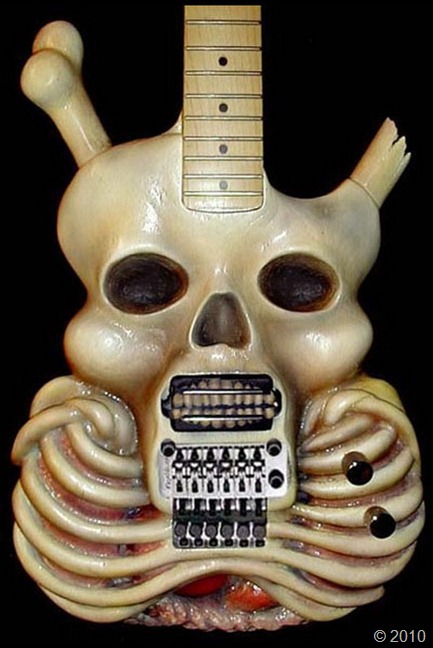
This history would be incomplete without naming the legendary guitarist Luther Antonio de Torres (1817-1892) who made significant changes in the construction of the newly framed modern version these guitars. He is also considered as the founder of the modern classical guitar school.

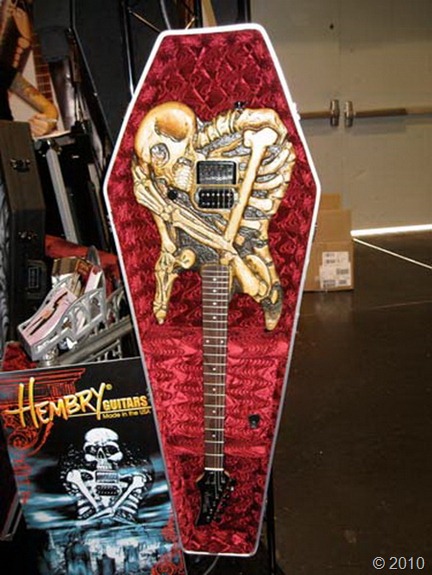
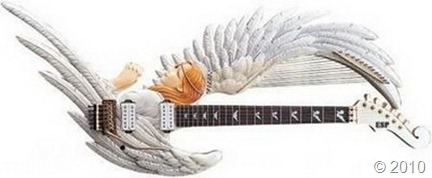
This unique history can be traced back to the Near East. The archaeologists found its representation in myriad forms in the excavations of Babylonia. Also referred to as a Spanish guitar, classical guitar heralds from the family of instruments called chordophones. They have been a part of the ancient musical tradition for over 100 years.
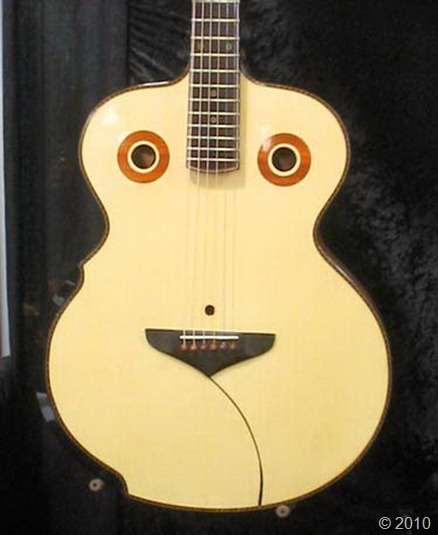
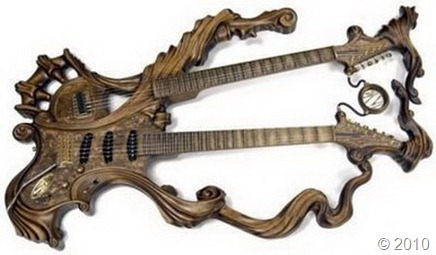
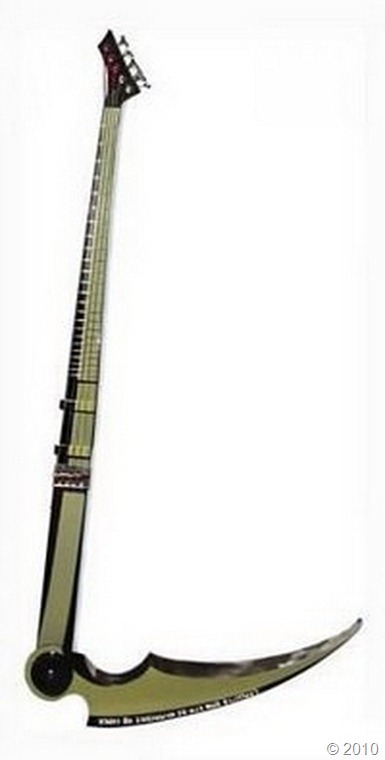
Spanning over four centuries history classical guitar has been a subject of great debate and controversy. Many earlier instruments also contributed a great deal in shaping its history. Many great players and composers also contributed to an amazing extent in shaping up this amazing journey of this popular instrument.

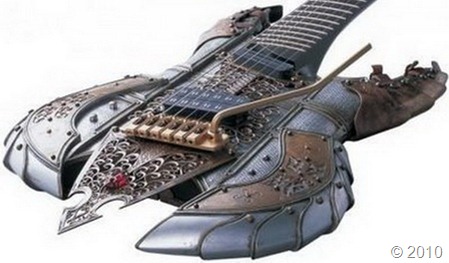

The popularity of the guitar was on the downslide with the emergence of the piano in the middle of the 19th century. Francisco Tarrega (1852-1909) initiated a whole new style of playing which added a new definition to the entire history of the classical guitar.
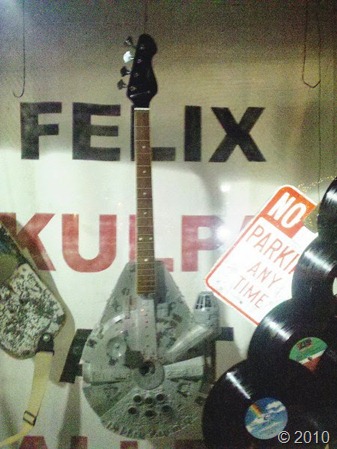
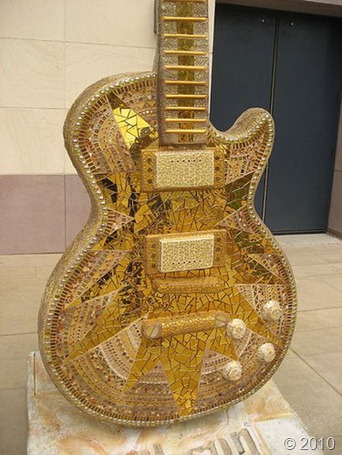
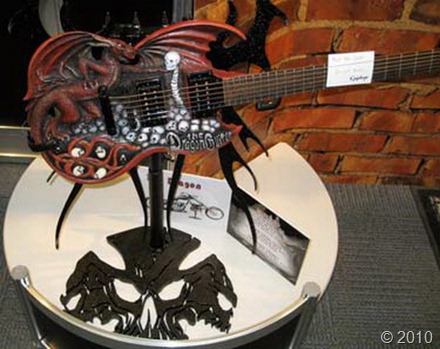
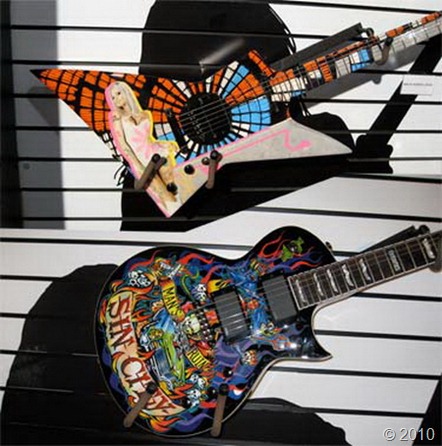
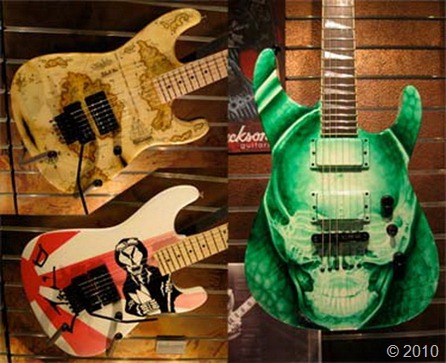
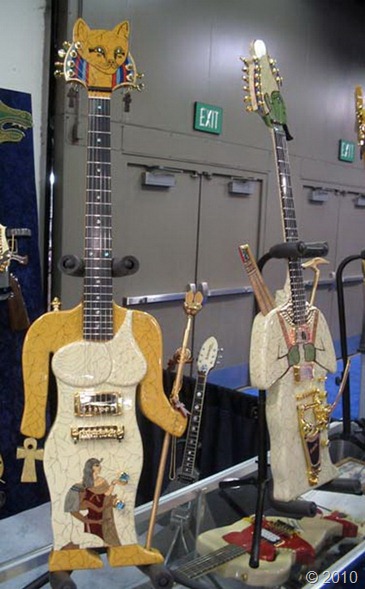
Some of the earlier instruments, which shaped the history are as Renaissance guitar, Baroque guitar.The size and shape has been the same over 100 years.The modern version of the ancient guitars has evolved over the following few sources
The Lute, The Vihuela, The Renaissance five-string guitar.
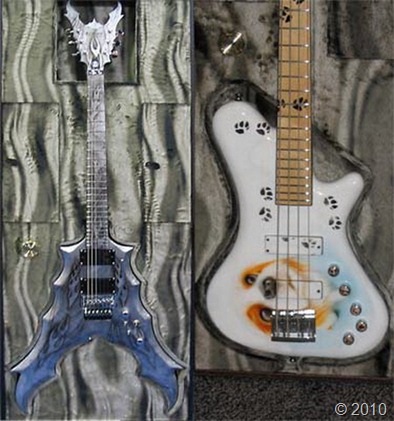
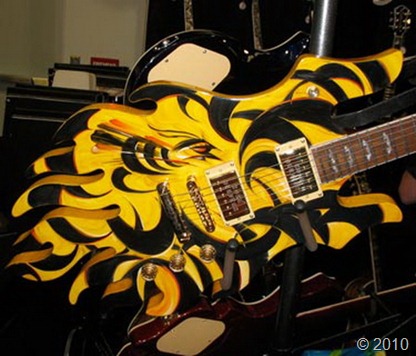
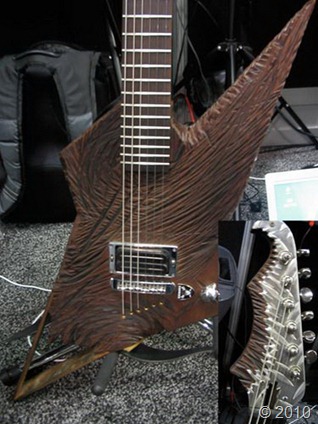
Some of the legendary names associated with the field of guitar are as Gaspar Sanz, Fernando Sor, Mauro Giuliani,John Williams,Julian Bream.
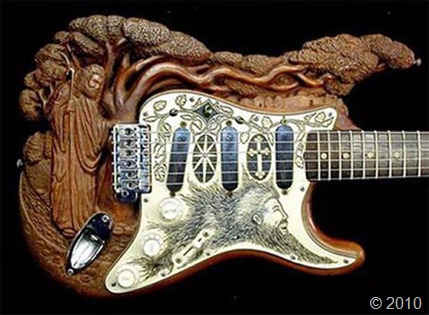


The most accepted convention these days is to use the fingertips to play on the guitar. However, in the bygone era it was the prevelant custom to use flesh over nail to play the guitar.
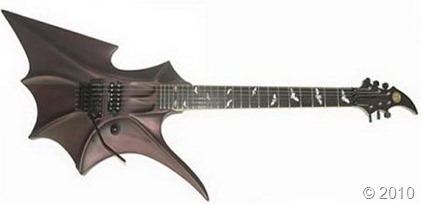
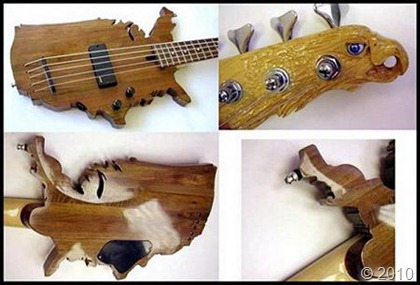
Some of the renowned players who preferred using fingertips over nail include - Fernando Sor, Francisco Tarrega.

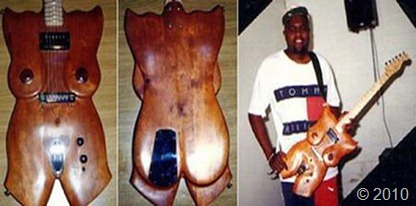
Since, there is more space between the strings on a typical classical guitar it is easier to handle it for amateurs. Some of the cardinal features of this popular instrument are as follows-
It uses nylon strings.
It generally makes use of a rich colour palette.


Hogging the musical scene globally classical guitars are a player's delight. With changing times it has undoutedly evolved a lot. Technologial advancements may have given guitars a backseat with newer instruments like synthesizers hogging the limelight these days. But, still the old guitar has retained all its alluring charm and reigns supreme over other classical instruments which have made the entire musical journey all the more enticing for the listeners through ages.
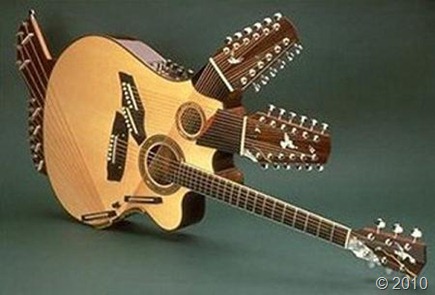
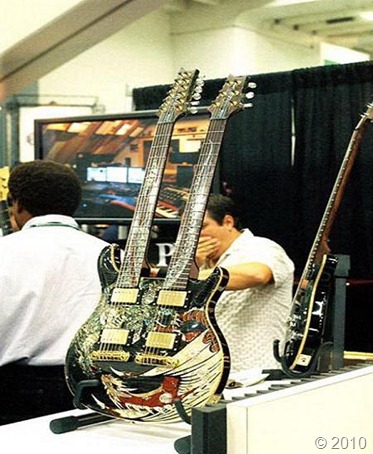
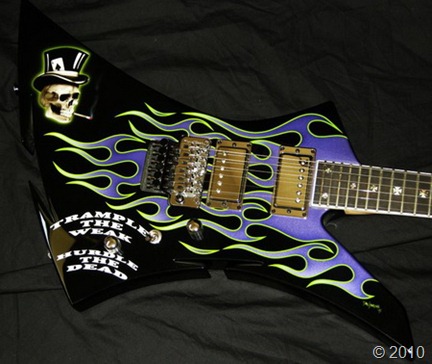
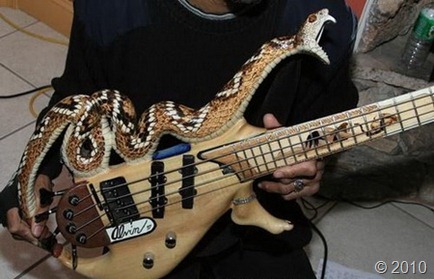
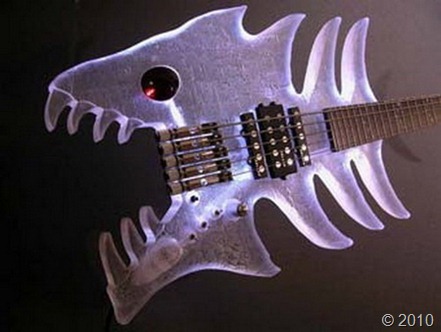
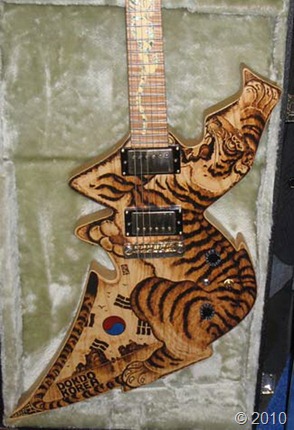
Subscribe to:
Posts (Atom)










































